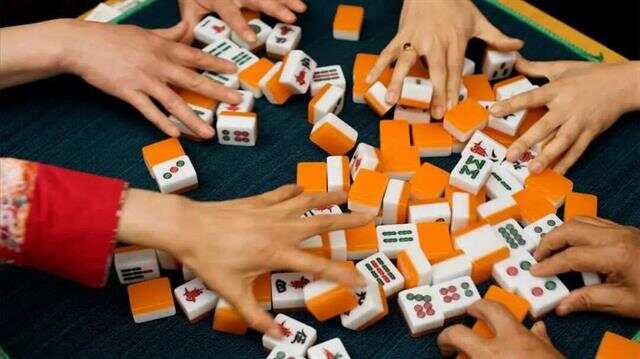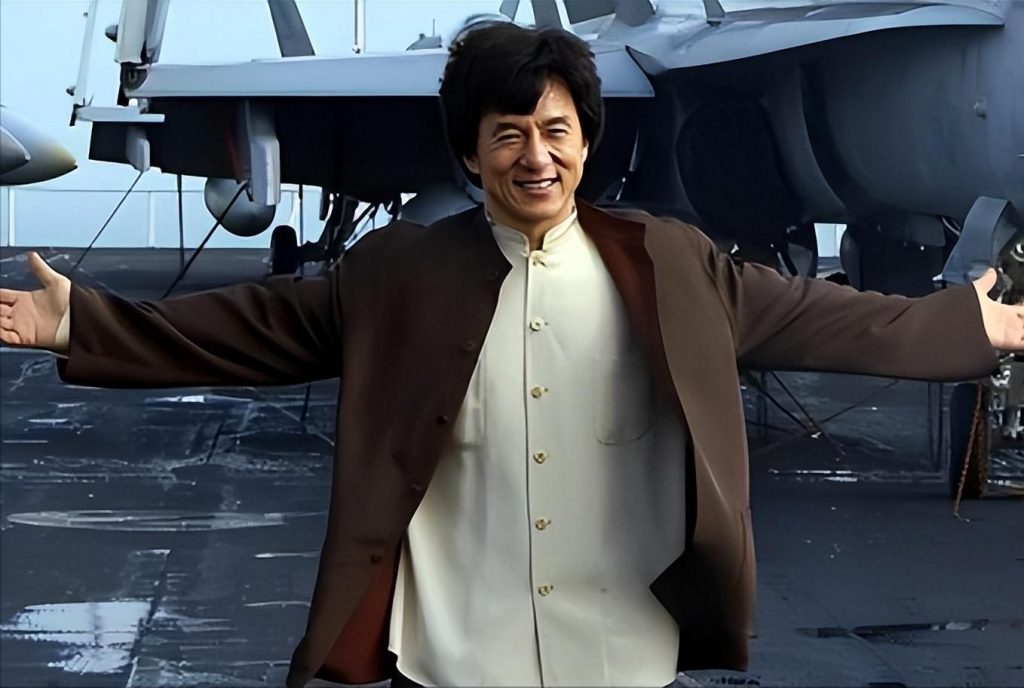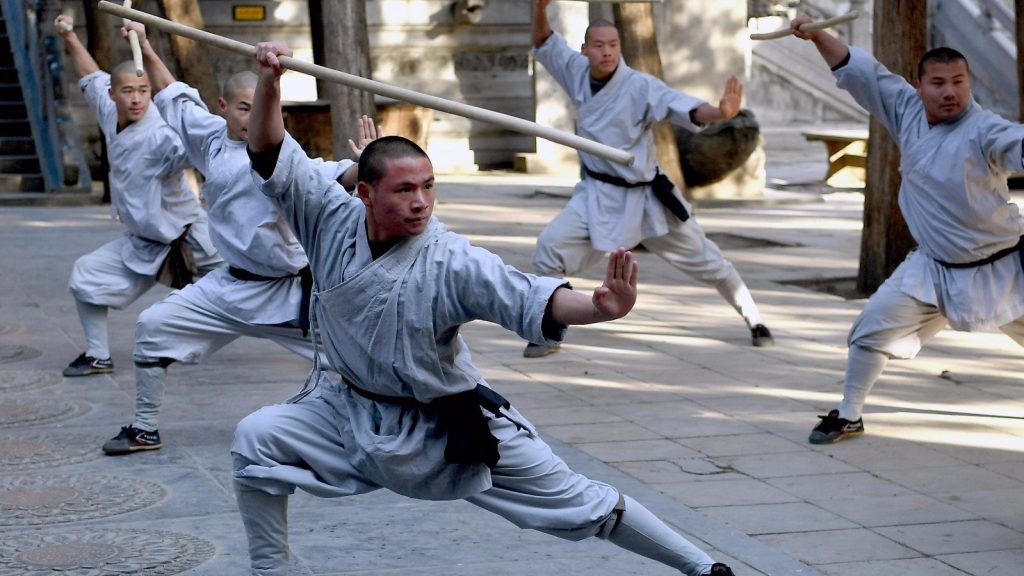
In China, the issue of whether to consume dog meat has always been a complex and sensitive topic, involving not only food culture and historical traditions, but also animal protection, moral ethics, and other aspects. This article will explore in depth the reasons why Chinese people eat dog meat, the proportion of people who consume it, and the resistance of dog lovers, striving to comprehensively and objectively present this social phenomenon.
1、 The reasons why Chinese people eat dog meat
- Historical traditions and regional culture
In China, the consumption of dog meat has a long history, dating back thousands of years. In ancient times, due to limited material conditions, people often regarded dog meat as an important source of protein. Especially in some cold regions such as Northeast China, Guangdong and Guangxi, dog meat is considered a great winter tonic due to its warm and nourishing properties. In addition, some ethnic minority areas such as Yao and Zhuang have traditional customs of eating dog meat, which are often closely related to local religious beliefs and festival activities. - Medicinal value
In traditional Chinese medicine theory, dog meat is believed to have the effects of warming and tonifying kidney yang, nourishing the middle and nourishing qi, dispelling cold and warming the body. In some traditional prescriptions, dog meat is used as a medicinal herb to treat symptoms such as kidney yang deficiency, soreness and weakness of the waist and knees, and cold limbs. Therefore, for some people, consuming dog meat is not only to satisfy their appetite, but also to regulate their body and enhance their physical fitness. - Economic factors
In the past, especially in rural areas, due to relatively backward economic conditions, people had difficulty accessing abundant meat resources. Therefore, dogs with low breeding costs and strong reproductive abilities have become an important source of meat for many families. Although this phenomenon has changed with the development of the economy and the improvement of living standards, the consumption of dog meat is still widespread in some remote or economically underdeveloped areas. - Taste preferences and dietary habits
For some people, the unique taste and flavor of dog meat are also one of the reasons why they choose to eat it. In some regions of China, such as Yulin in Guangxi, a grand “Dog Meat Festival” is held every year, attracting a large number of diners to come and taste. Among these diners are both locals and tourists from other places, many of whom came to participate because of their love for the taste of dog meat.
2、 Proportion of people who consume dog meat
Due to the lack of nationwide statistical data, it is difficult to provide an exact number on the proportion of Chinese people who consume dog meat. However, according to some local surveys and studies, the population who consume dog meat is mainly concentrated in specific groups in rural, remote areas, and some cities. In cities, with the improvement of living standards and the change of dietary concepts, more and more people are choosing vegetarianism or eating less meat, so the proportion of people who consume dog meat is relatively low. However, in rural and ethnic minority areas, due to the influence of historical traditions and regional culture, the consumption of dog meat is still quite common.
3、 Resistance and controversy among dog lovers
- Awakening of animal protection awareness
In recent years, with the progress of society and the improvement of people’s cultural quality, more and more people have begun to pay attention to animal protection issues. For dog lovers, dogs are not only pets and companions, but also family members and emotional support. Therefore, they strongly oppose the consumption of dog meat, believing that it is disrespectful and abusive to animal life. - Protest activities and public opinion pressure
In order to call for social attention to animal protection issues and resist the consumption of dog meat, dog lovers have launched multiple protests. They conveyed their voices and demands to the public through protests, online petitions, media exposure, and other means. At the same time, with the popularity of the Internet and the rise of social media, the controversy about eating dog meat has quickly fermented on the Internet and attracted widespread attention. These public opinion pressures have played a positive role in promoting social progress and changing people’s eating habits. - Controversy and Reflection
However, the issue of consuming dog meat has also sparked widespread controversy and reflection. On the one hand, some people believe that consuming dog meat is a reflection of historical traditions and regional culture, and should be respected and understood; On the other hand, some people believe that with the progress of society and the development of civilization, we should abandon this backward dietary habit and strengthen the protection of animals. In this controversy, we need to approach the issue with a rational and inclusive attitude and seek consensus.
4、 Conclusion
The issue of Chinese people eating dog meat is a complex and sensitive social phenomenon that involves multiple aspects such as historical traditions, regional culture, economic factors, taste preferences, and animal protection. When discussing this issue, we should maintain an objective and rational attitude, respect the diversity of historical traditions and regional cultures, pay attention to animal protection issues, and promote social progress and development. At the same time, we should also strengthen publicity and education to raise public awareness of animal protection and advocate for healthier and more environmentally friendly eating habits. Only in this way can we find a balance between respecting tradition and protecting animals, and jointly promote social progress and development.





